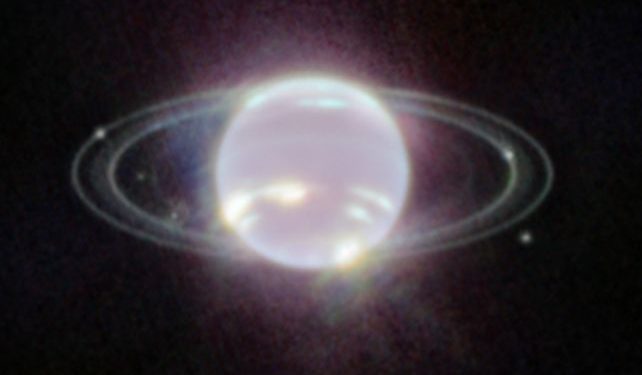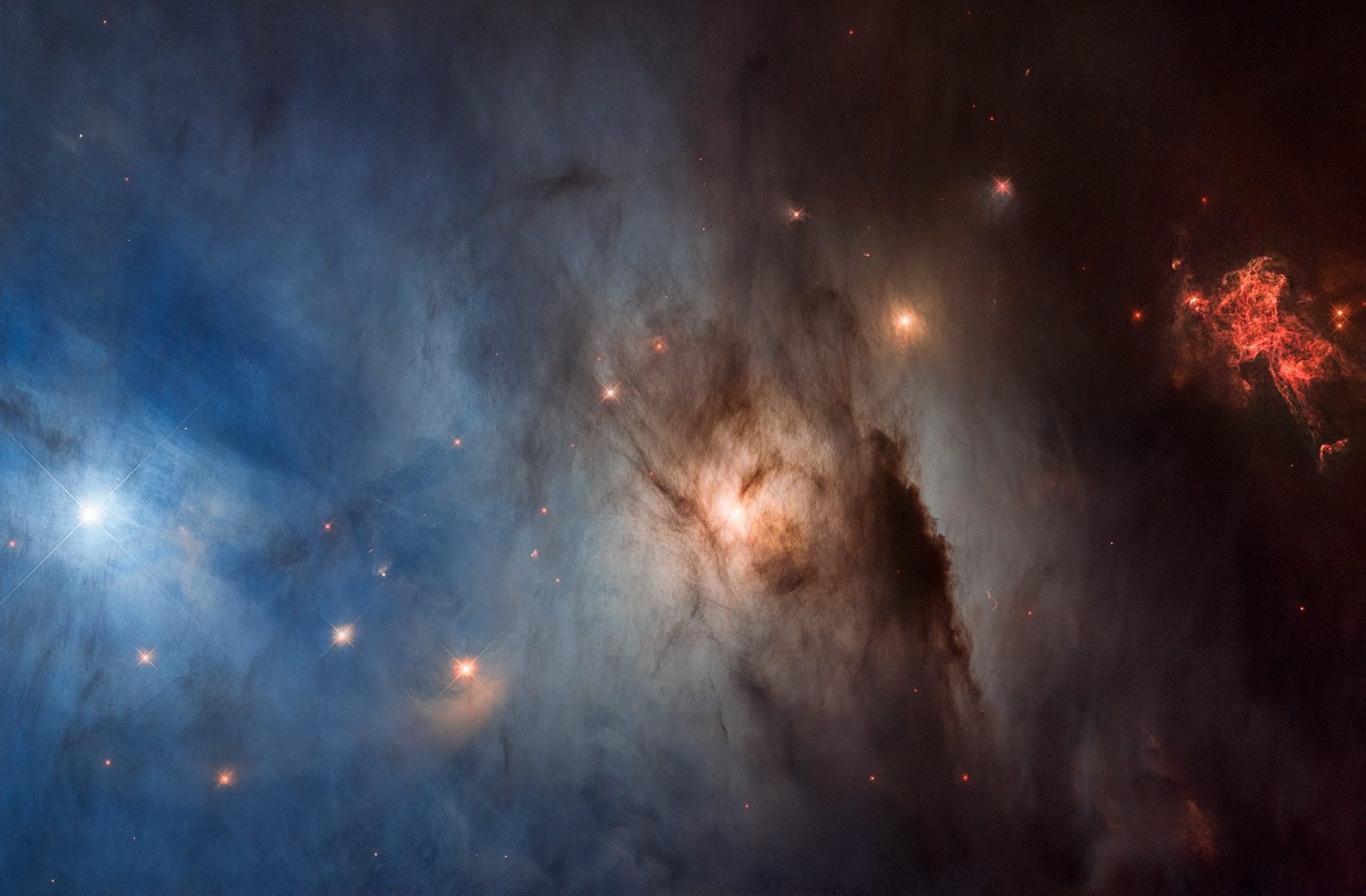For decades, astronomers have puzzled over the origin of supercharged, ultraviolent storms on Uranus and Neptune. These distant, icy planets occasionally erupt with massive storms, some so large that they can be observed from Earth using telescopes. Now, scientists believe they’ve identified the key ingredient behind these cosmic tempests: methane.
Unraveling the Storms on the Ice Giants
Uranus and Neptune, the outermost planets in our solar system, are often referred to as “ice giants” due to their unique composition, primarily made up of water, ammonia, and methane ices. Although scientists have only limited knowledge of these remote worlds, data collected from NASA’s Voyager 2 mission, which flew by the planets in the 1980s, revealed that both Uranus and Neptune sporadically experience enormous, short-lived storms. These violent weather events appear every few years, and their unpredictability has long been a topic of scientific debate.
The key question has been why these massive storms flare up so suddenly and disappear just as quickly. Now, a research team suggests that methane—the third most abundant molecule in the atmospheres of both Uranus and Neptune—may play a critical role in these weather phenomena.
Methane: The Fuel Behind the Tempests
To understand how storms form, scientists look at the dynamics of heat rising from a planet’s warm interior to its cooler surface. Typically, the internal heat of Uranus and Neptune should drive constant storm formation, as warm gas ascends, cools, and creates turbulence. However, storms are surprisingly rare. So, what’s keeping them in check?
According to a new study published on arXiv, methane, which usually exists in gas form, may occasionally condense into liquid droplets in the upper regions of these planets’ atmospheres. Once this happens, the methane droplets fall to lower altitudes, reheat, and rise again, creating a continuous cycle similar to Earth’s water cycle. This process forms a “stable layer” within the atmosphere—acting much like a blanket—preventing heat from reaching the surface and stifling storm development.
Different Storm Dynamics on Uranus and Neptune
The study highlights that these methane-driven stable layers vary between Uranus and Neptune. On Neptune, this stable methane layer is present across all latitudes, effectively suppressing storm formation most of the time. However, on Uranus, the stable layer exists primarily near the equator and mid-latitudes, leaving the poles more exposed. Without enough methane at the poles, heat from Uranus’ interior can rise to the surface more freely, resulting in stronger and more frequent storms at these locations.
On Neptune, the story is slightly different. Occasionally, methane from the stable layer can disperse, allowing heat to break through and trigger storms. After these disruptions, the atmosphere returns to its calm state, until the next flare-up.
Implications for Future Research
This new understanding of how methane influences weather patterns on Uranus and Neptune could have broader implications, not only for studying the atmospheres of these ice giants but also for examining planets beyond our solar system. The study’s authors emphasize that further research is needed to unravel the complex interactions between heat, methane, and storm formation in these extreme environments.
Looking Ahead: What This Means for Exoplanet Research
The findings offer a glimpse into how similar mechanisms might operate on exoplanets—planets beyond our solar system—especially those classified as ice giants. As astronomers discover more exoplanets with similar compositions to Uranus and Neptune, understanding the role of methane could become crucial in predicting their weather patterns.
Moreover, this research could provide insights into how planetary atmospheres evolve over time, potentially informing our understanding of climate changes on Earth. The discovery that a simple molecule like methane can have such profound effects on planetary weather challenges our previous assumptions and opens the door to exciting new avenues of exploration.
What Do You Think?
The mysteries of our solar system continue to surprise and inspire new discoveries. How might this new understanding of methane’s role influence future space missions? Could this discovery change how we search for life on other planets? As scientists continue to decode the intricate workings of planetary atmospheres, Curiosmos will be your go-to source for the latest updates in space exploration, astronomy, and beyond.











